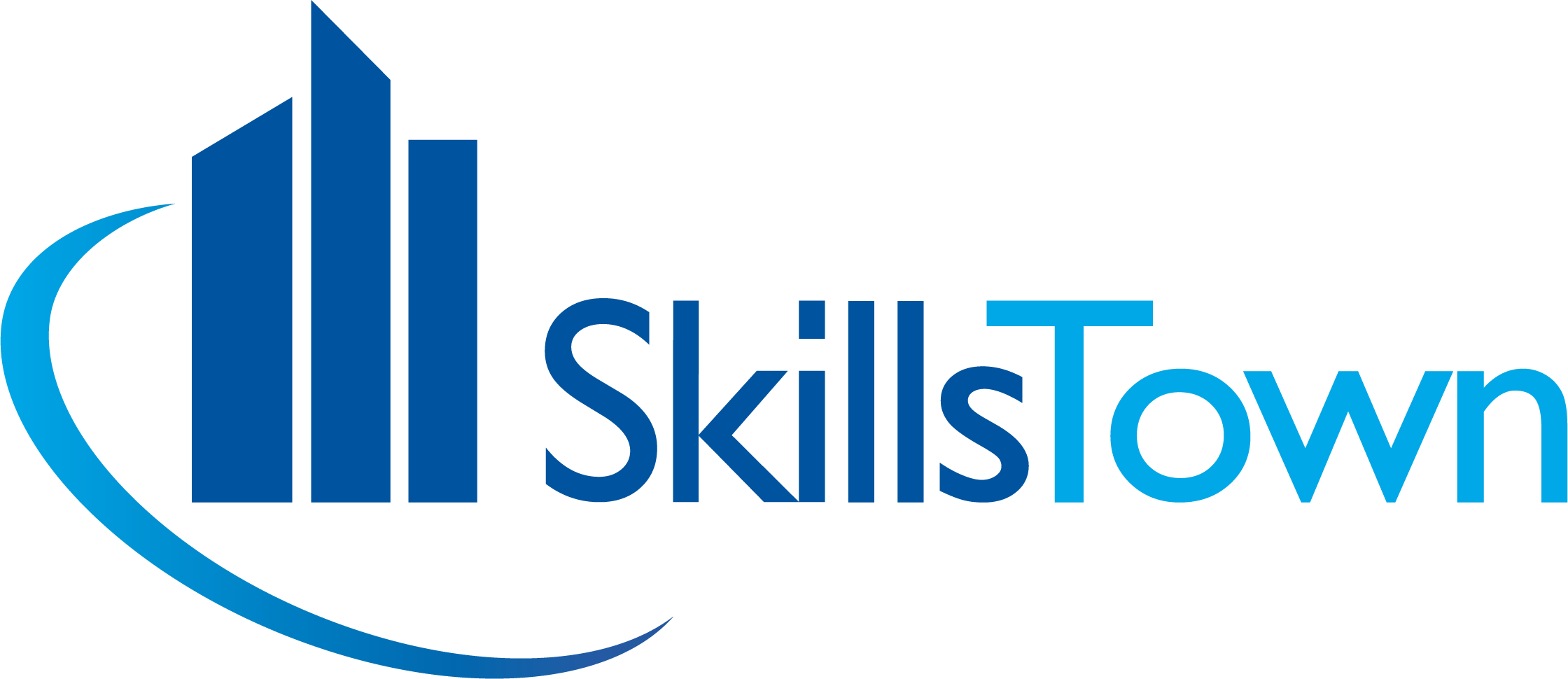Martijn Halekor, our own Front End Web Developer, pays attention to inclusion and digital accessibility within the online learning platform of SkillsTown. He was happy to explain the importance of these principles, based on the design process behind WCAG (Web Content Accessibility Guidelines), which are the standards for web content accessibility.
Let’s introduce you to Martijn

To demystify the subject for those unfamiliar with IT, Martijn provides an illustrative example: “Consider a major railway station located anywhere in the country. This station is equipped with facilities for individuals who are blind, deaf, or use wheelchairs. Essentially, this analogy applies to websites and applications, which should similarly accommodate a spectrum of potential disabilities, regardless of their nature.”
The four principles of accessibility within your website
- Perceptibility is key for users who may be colour blind, visually impaired, deaf, hard of hearing, or susceptible to seizures. It involves thoughtful colour use, providing alternative text for visual media to complement screen readers, and minimising the use of potentially seizure-inducing flashing animations.
- A website's operability must cater to navigation via various means, such as keyboard-only use. Martijn observes, "I'm a keyboard enthusiast, but I've noticed many sites aren't built for keyboard-only navigation. Disconnect your mouse and try using only your keyboard for a day. It's an eye-opener to the potential challenges faced by those who don't have the luxury of choice."
- The principle of understandibility is key for users who may be colour blind, visually impaired, deaf, hard of hearing, or susceptible to seizures. It involves thoughtful colour use, providing alternative text for visual media to complement screen readers, and minimising the use of potentially seizure-inducing flashing animations.
- The robustness of a website is a more technical story, but it comes down to the site containing error-free software and striving for maximum compatibility with current and future browsers. It’s about maintaining the accessibility of content and functionality, regardless of the user’s device or control methods.
The biggest misconception
Lets show you some examples
At SkillsTown, we consider digital accessibility in everything we create within the online learning platform. Martijn offers a selection of examples to illustrate this:
- "Sufficient contrast in colour usage is essential for an inclusive website. The standard colour palette is carefully tuned, taking contrast requirements into account to ensure text remains higly legible. Additionally, we offer a tool during platform personalisation that allows you to check and, if necessary, improve the contrast value of your own brand colour.
- People with hearing impairments often face challenges with elements such as video content. For this group, we provide subtitles for videos as a standard feature.
- While text-to-speech capabilities are valuable, they don't capture visual content, which is why we also use descriptive alt-texts to make images accessible. Additionally, our platform includes options for enlarging text to assist users with limited vision.
- We have improved navigation menus so that they can be easily operated with just the keyboard. This is a must for anyone unable to use a mouse.
- We have incorporated periodic consultations with our copywriters into our design process, ensuring that all buttons, sliders, and menus are clearly labelled and do not cause confusion."
- What about your digital accessibility?
Do you want to be digitally accessible for all of your employees? If the answer is yes, you might benefit from additional information and support. Visit your online learning platform and enrol in the ‘Digital Accessibility’ e-learning course. If you haven’t started using the online learning platform yet, now is the perfect time to explore the possibilities!






